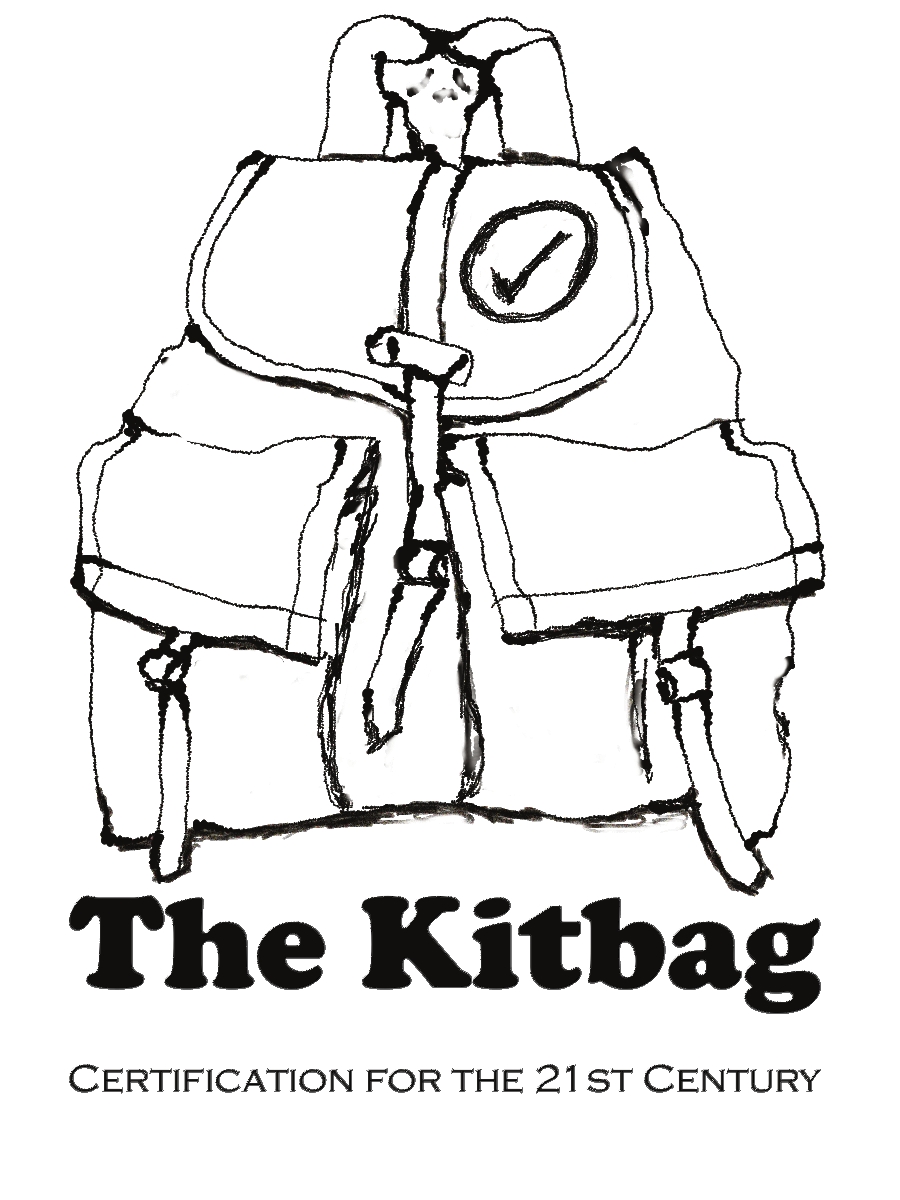The design of governance structures is one of the key challenges that a new scheme will confront. This includes what new corporate bodies, if any, should be created, how they are to be structured (for-profit, not-for-profit, charity, co-op, benefit corporation, etc.), and how and by whom are they are to be governed.
Creating governance structures can be a challenge for a number of reasons, first it includes balancing a number of issues such as how to avoiding conflicts of interest, delivering quality services at a fair cost and maintaining stakeholder interest and support. Also, in most cases the folks that have been working to create a new scheme are experts in the topic addressed (i.e. agriculture, human rights, etc.) and are not usually well versed in how to set up of an international business operation. To make things worse, the learning curve can be steep and the pressure can be intense to make a decision quickly.
The first and over-riding concern is to make sure that the new operation is not hampered by built in conflicts of interests. This means that the part of the operation that is required to take independent decisions based on objective information is not the same part that is responsible for making the money. Whatever decisions are taken the priority should be on making sure that the organization is not seen to be taking decisions just to make more money or to gain market share. For this reason, often the body that owns the scheme is separate from the body that manages the money making side of the business, even if the money is made through grants from governments or foundations.
A second question is whether the new bodies should be for-profit or not-for-profit corporations. Some folks feel that the only choice is that all bodies should be not-for-profits, but that is not always the case. (As a side note we should be clear that not all not-for-profits are charities but all charities must be not-for-profit corporations.) This can become more complicated if more than one new body is created. Some schemes create a not-for-profit that is the scheme owner which itself owns one or more subsidiaries that are for-profits, especially when they are responsible for making the money. Another option is to contract these roles out to existing organizations that provide these services professionally.
Finally, there is the question of who makes the decisions. On this point I will be blunt. I am not in favour of managing an international business with a stakeholder board. Governance is a job that requires experience and normally stakeholders are selected based on their role in a network or group. A professional board for each organization is crucial. To ensure that the mission of the organization remains central for the new organization a small professional board can be supported by stakeholder or technical advisory boards. Some organizations create membership bodies (in the case of not-for-profits) or shareholders (in the case of for-profits) whose responsibility is to ensure that the organization remains focused on its mission.
The process of designing corporate structures for a new scheme can be confusing and involve lawyers, accountants and management consultants. It is best to start thinking early about how to structure the operations, how to govern any corporate bodies, who owns what and how to include stakeholders. A well thought out governance structure can make a launch easier and avoid problems that can be easily avoided with time, information and good advice.
